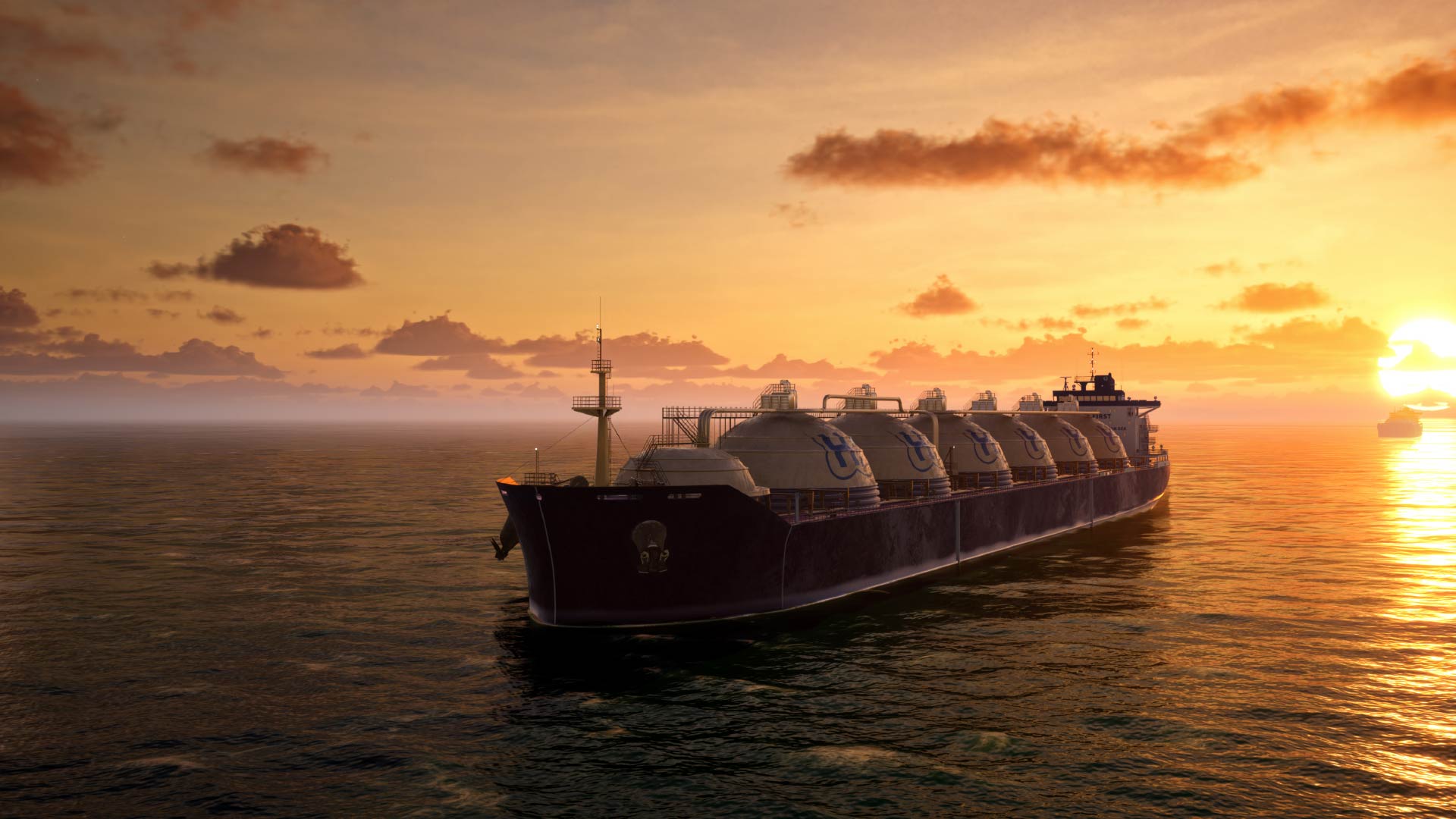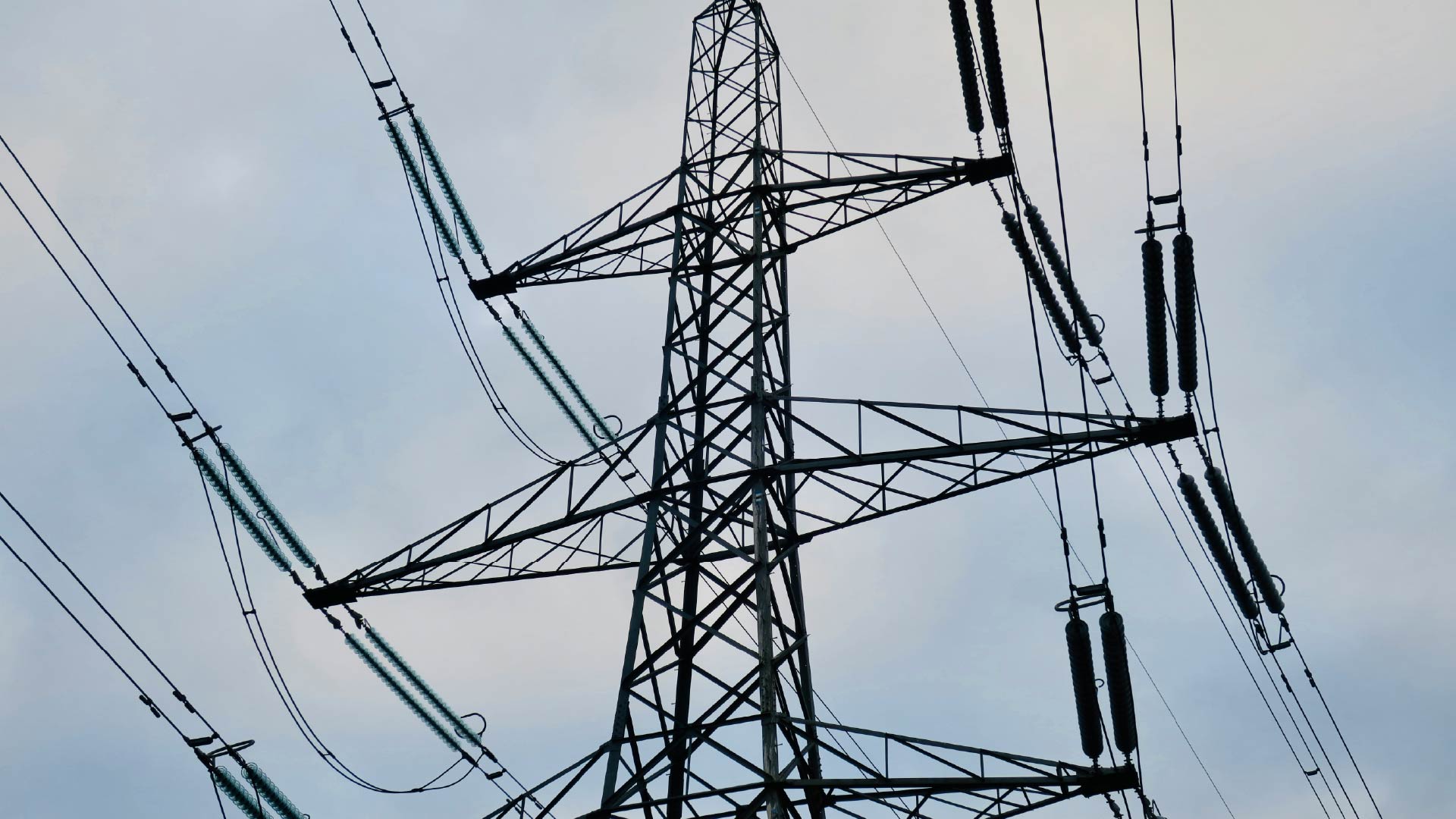Introducing Our First Benchmark For Climate Risk Digital Solutions

Alice Saunders
The market for climate risk digital solutions may be reasonably novel, but it is set to grow at a 30% CAGR until 2027 due to rising customer demand as TCFD-aligned disclosures are mandated around the world. Providers hail from a variety of backgrounds: asset managers, financial data product providers, financial information services, management consultant giants and specialist climate-risk-focused firms. All are looking to win market share and meet corporate demand.
In order to unpack the market, the 2023 Verdantix Smart Innovators: Climate Risk Digital Solutions, provides a benchmark of 24 vendors across five key capability areas: physical risk analysis; transition risk analysis; financial and operational impact quantification; real-time risk planning for weather; and TCFD-aligned reporting and benchmarking. The report highlights key areas of innovation and differentiation, including:
- Metric variation and granularity.
The challenge of finding granular and decision-useful climate risk data to inform business strategies, as well as to fulfil reporting requirements, is multi-faceted, due to differences in industry, ambition level and region. For financial services firms to assess potential losses, and for corporates to budget and understand their insurance requirements, financial impact quantification is essential. Additionally, organizations with heavy supply chains need to know how climate risk may impact their production, supply chain and employees with operational metrics. - Transition risk analytics.
There are very few offerings providing transition risk assessment analysis, despite increasing spend from corporates. This is partly due to the complexity of conducting scenario analysis on a multitude of risks with limited existing methodologies beyond carbon pricing estimations. By comparison, physical risk analysis can build off climate models and meteorological and topographic studies conducted over decades by climate scientists and natural catastrophe modellers. To plug the transition risk data gap, financial data providers are offering carbon emissions data sets to assess investment portfolio footprints, then running scenarios developed by the International Energy Agency (IEA) and the Network for Greening the Financial System (NGFS), to assess how carbon pricing changes will impact their clients. - Digital twins and AI.
Regulators, in the interests of investors and customers, are demanding more sustainability disclosures at increasing levels of complexity and granularity. Vendors have responded by developing digital twins that provide detailed insights with accessible visualizations. A digital twin can create a visual model of a physical object, but can also be used to represent real-world processes or systems. Digital twin models utilize geospatial data and building footprint data, in addition to leveraging AI for predictive modelling, to create detailed and dynamic digital models for physical climate risk assessments.
For information on which vendors offer these capabilities, and how they compare against each other, see our latest report.
About The Author

Alice Saunders
Industry Analyst





